Hillary Clinton has an updated plan to end the AIDS epidemic both nationally and internationally.
The plan, released Monday, included many applause-worthy commitments to achieve this end, which will go into motion if Clinton becomes president.
These strategies included ramping up the fight against stigma, expanding access to health care and preventative treatments like pre-exposure prophylaxis (PrEP, which has been shown to be up to 99 percent effective if administered daily), raising funding for programs like PEPFAR, strengthening the National HIV/AIDS Strategy, increasing access to affordable housing, and fighting drug addiction.
Clinton's team also promised to work to reduce barriers to care for vulnerable groups like transgender women and black men who have sex with men. It is commendable that the plan mentions these communities by name, because if nothing changes, half of black gay and bi men will acquire HIV in their lifetimes, according to the Centers for Disease Control and Prevention. Moreover, compared with all other demographics, trans women of color have the highest risk of testing HIV-positive.
Yet Clinton's plan is missing a key element: a hard timeline to end the epidemic.
In the months prior to this plan's release, a coalition of 70 activists and groups met with Clinton and her team to advise her on which strategies to adopt. During these talks, leaders in HIV and AIDS activism proposed setting a goal of lowering new HIV infections in the United States to 12,000 annually by 2025 -- a tipping point at which HIV would cease to be considered epidemic-level for the country.
As a point of comparison, Gov. Andrew Cuomo, as part of a three-pronged plan to end the AIDS epidemic in New York State, vowed to lower annual HIV infections from an estimated 3,000 to 750 by 2020. Activists like Peter Staley, who was a part of the coalition thst helped advise Clinton, were hoping she would commit to "what Governor Cuomo did in New York State on a national level."
But rather than announcing a timeline at this point Clinton, in the plan's first bullet point, committed to assembling an End the Epidemic task force that would be charged with setting these goals at a future date.
"An AIDS-free generation is within our grasp, and now is the time to adopt aggressive, attainable, and concrete goals," the text stated. "That's why, as president, Clinton's Office of National HIV/AIDS Policy will immediately convene an 'End the Epidemic' working group to engage a wide range of experts, advocates, and stakeholders to adopt ambitious and attainable timelines for ending AIDS as an epidemic in the United States and globally."
"She didn't buy in. She didn't adopt our date and our numbers," Staley said. However, Staley, a prominent HIV activist featured in the Oscar-nominated documentary How to Survive a Plague, can understand why she might not want to commit to such a goal at present.
"She wants a larger panel of experts to review that," he said. "Frankly, that's a pretty reasonable thing for her to counter with -- that a larger coalition of experts and community, rather than just those who have been a pain in her ass the past few months, actually determine what an aggressive goal and an aggressive date would look like for ending epidemic levels of HIV transmission."
Staley wasn't the only one to allude to the absence. Chad Griffin, the president of the Human Rights Campaign, which also worked with Clinton on the plan, said in a statement that the LGBT group looks forward to future collaboration "to set a timeline and targets to achieve an AIDS-free generation."
Despite the absence of concrete goals, Staley is "pretty happy" with Clinton's domestic plan. "We have a promise for a process now that we're all going to be involved with," he said, noting the "very exciting" work that has occurred in New York since Cuomo announced his groundbreaking strategy in 2014. "We want to see that kind of energy nationally, and she basically signed onto the beginning of launching a process like that."
However, activists are "a little disappointed on the global front," he noted. In her plan, Clinton's team promised to "increase the number of people on HIV treatment worldwide, through programs like PEPFAR," the President's Emergency Plan for AIDS Relief. This plan provides funding to fight AIDS and treat those impacted by it across the globe, with an emphasis in hard-hit regions across Africa.
"As president, Clinton will work with members of Congress and engage leaders around the world to increase global funding for HIV/AIDS treatment and prevention," the plan noted. Again, it did not make a financial commitment, which activists had hoped to get.
"She didn't bite," said Staley. "We were asking for an extra $2 billion a year by 2020. She still has not put out a number."
Reaching 12,000 new infections annually by 2025 in the United States alone is an aggressive goal. It's one some researchers say would be difficult to achieve, even with the tools available. But according to Staley, hard goals such as these are required to spur change in the demographics that need it most, including African-Americans, LGBT people, the Southeastern region of the U.S., and all of the vulnerable people who fall at these intersections.
"You cannot dramatically lower HIV infections without having a laser focus on the most at-risk communities," Staley stressed, adding, "The task force that's gonna be charged with how to get to these goals, they are gonna be laser-focused on the hardest nuts to crack, because that's the only way you can do this. You can't do it around the edges. You can't do it with the low-hanging fruit."
Clinton and this task force have their work cut out for them in fulfilling the promise of an AIDS-free generation. A timeline is essential to that goal, but so it all the "nitty-gritty" work required to reach it.
"Being commited to PrEP, that's a bumper sticker. How do you actually get PrEP to young gay black men or young trans women of color?" Staley questioned. "It's not easy. You have to create linkage programs. You have to bring community involvement in. You have to get public health departments in rural Southern areas to step up their game. How do you do that?"
As daunting as these tasks might be, it is clear that Clinton, who has steered HIV campaigns as first lady, U.S. senator, and secretary of State, is light-years ahead in preparation for them than Donald Trump. The Republican presidential nominee, unlike Clinton or her rival for the Democratic nomination, Bernie Sanders, had not been a part of the talks with Staley and other prominent HIV activists to discuss a plan to fight HIV. And there has yet to be an invitation.
"Nobody seems to know what's on that's man mind even when he's said stuff," stated Staley, who said he has "no idea" how a Trump administration would handle the AIDS crisis.
At present, Trump has no official strategy to address one of the world's most pressing health crises, which underscores why it is essential that LGBT people and their allies turn out for the election this fall.
"Vote as if your life depends on it," Staley urged. "Vote as if the lives of your friends living with HIV depend on it. And vote as if your country and the future of your country depends on it. Because that's what's really at stake in this election."
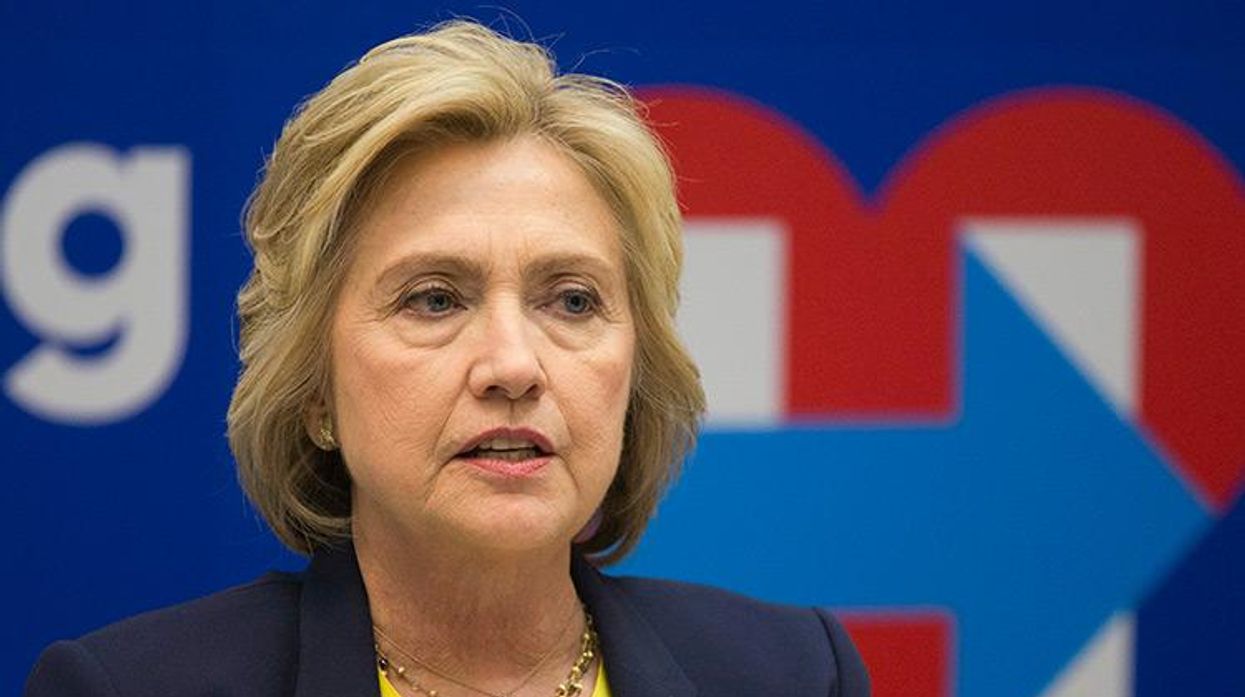








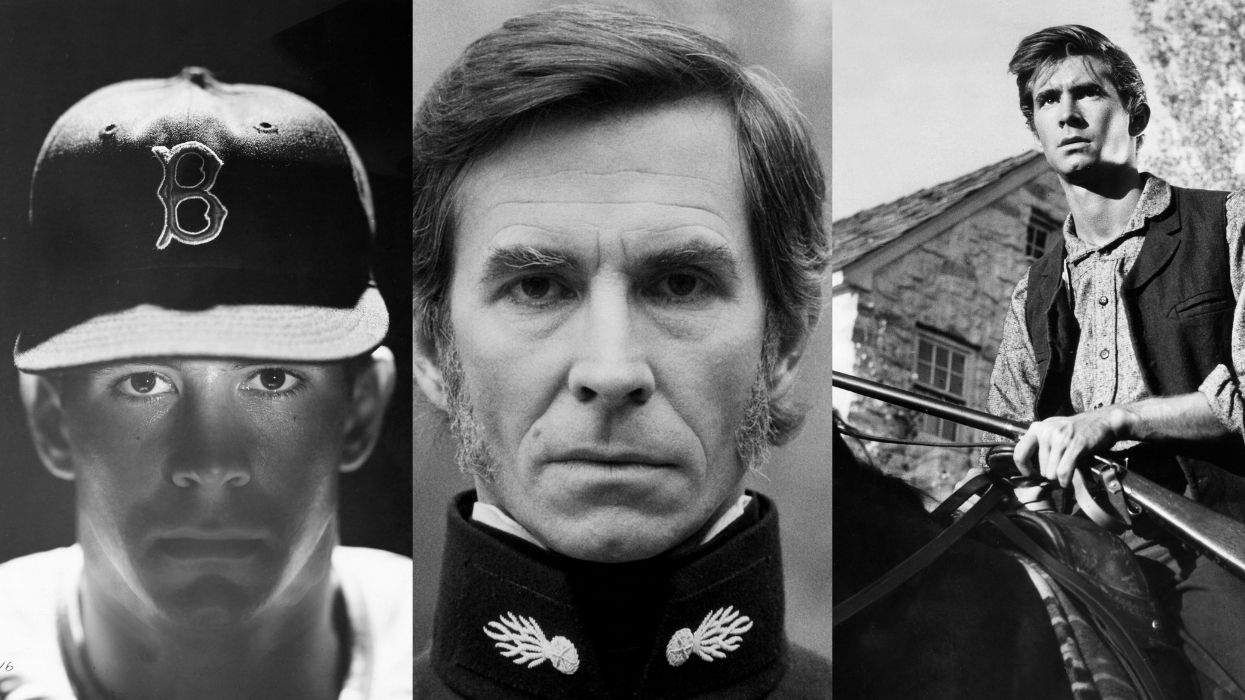
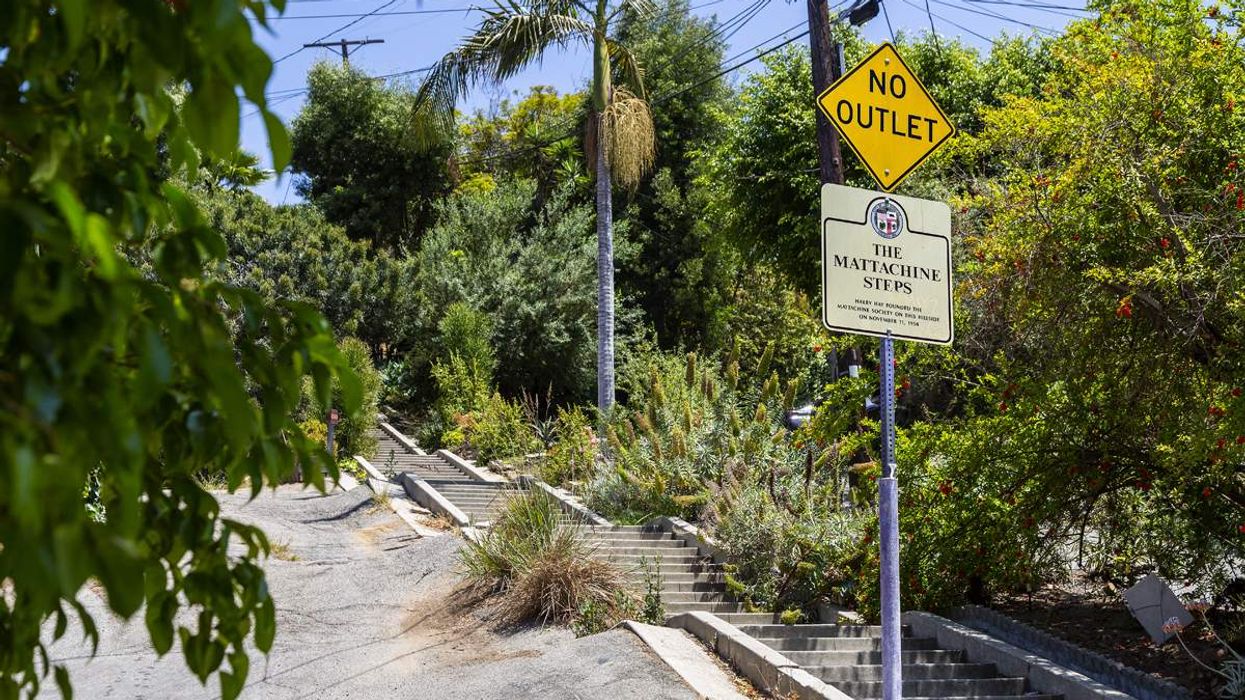

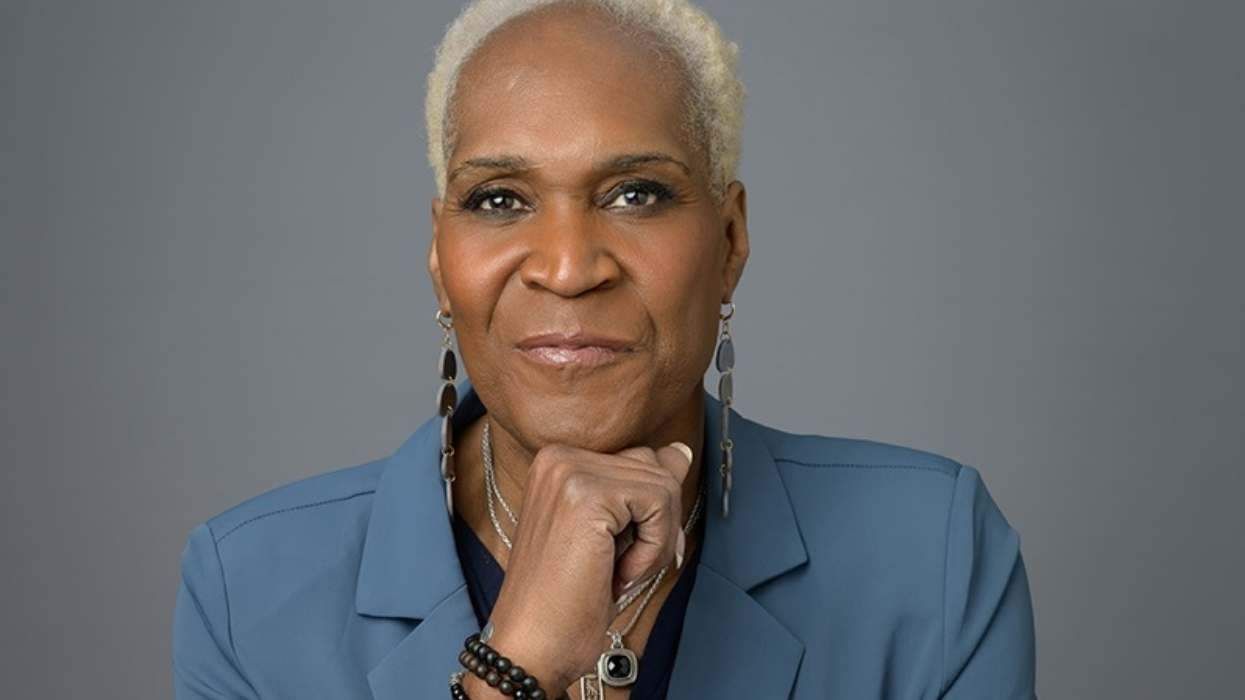

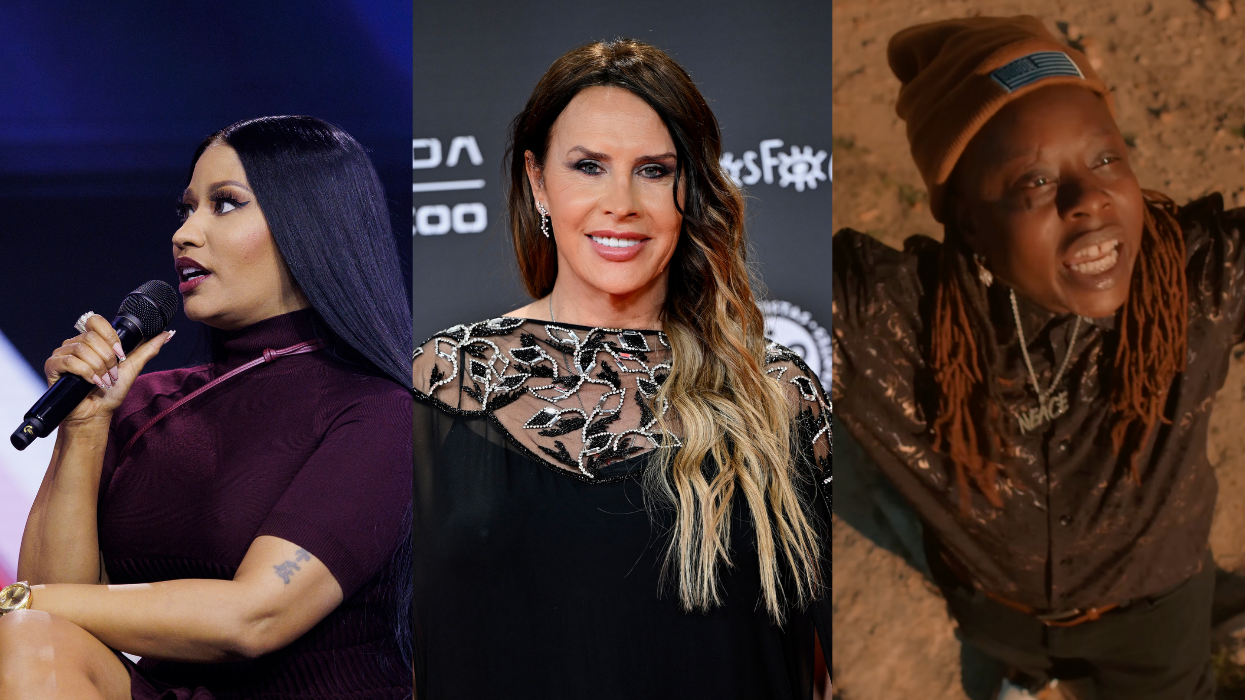
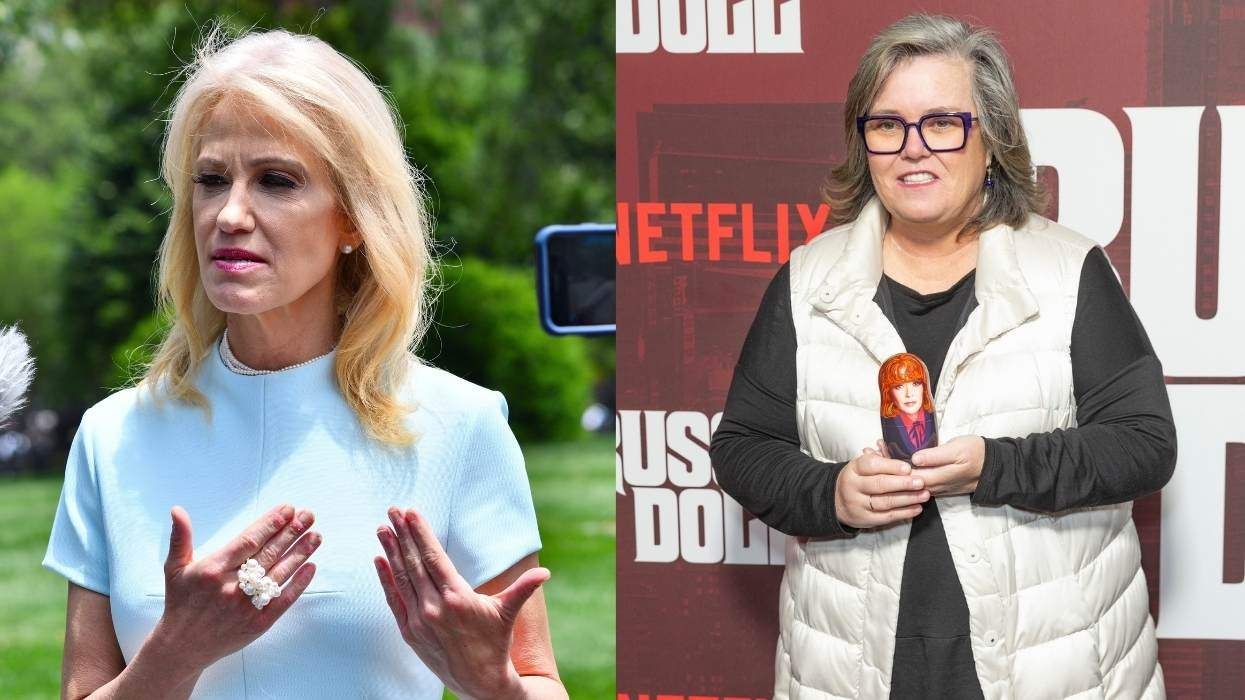
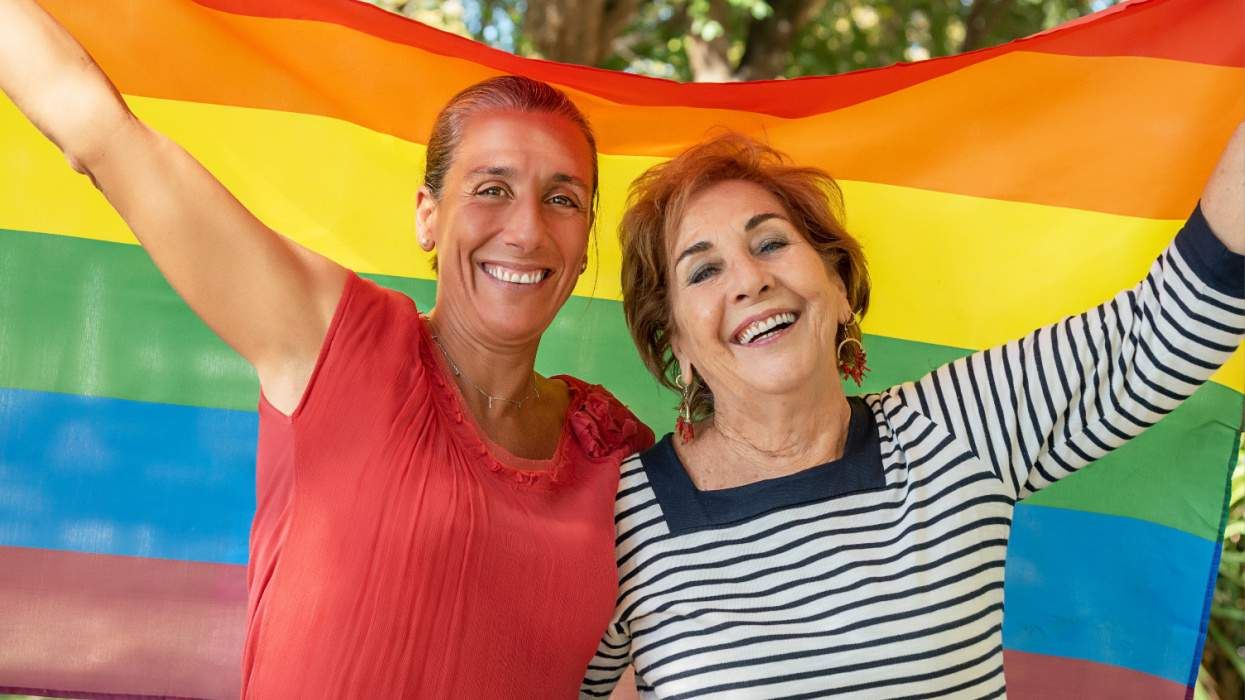

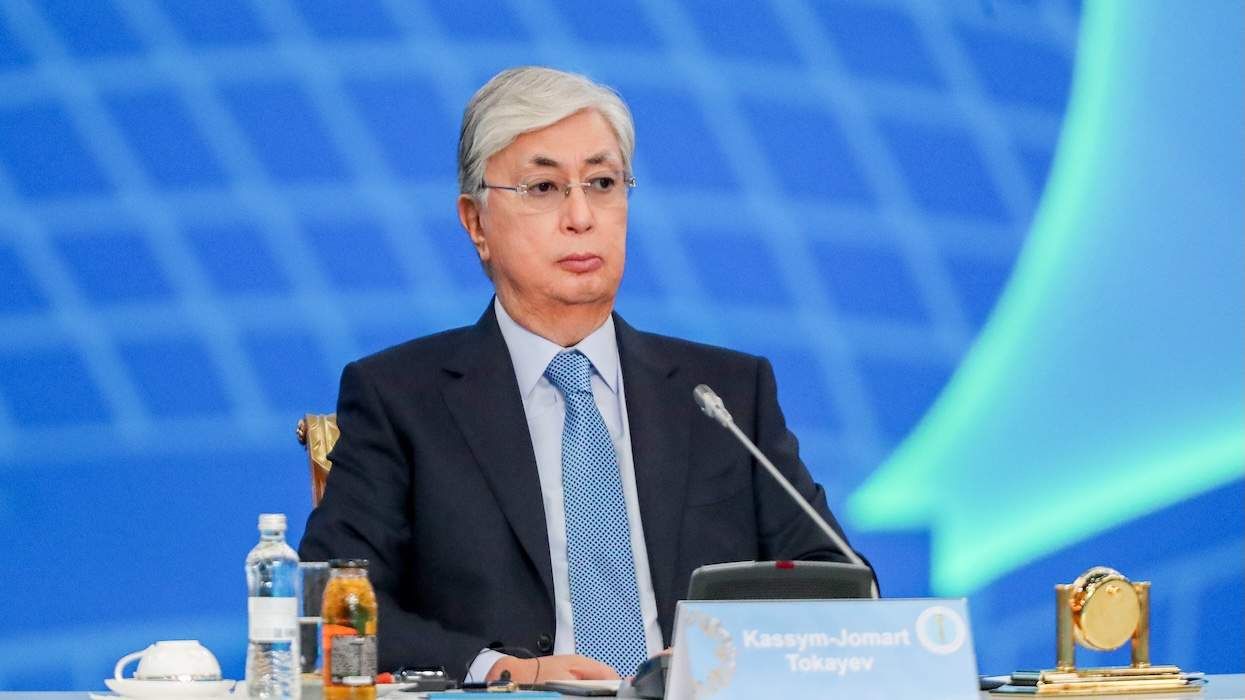

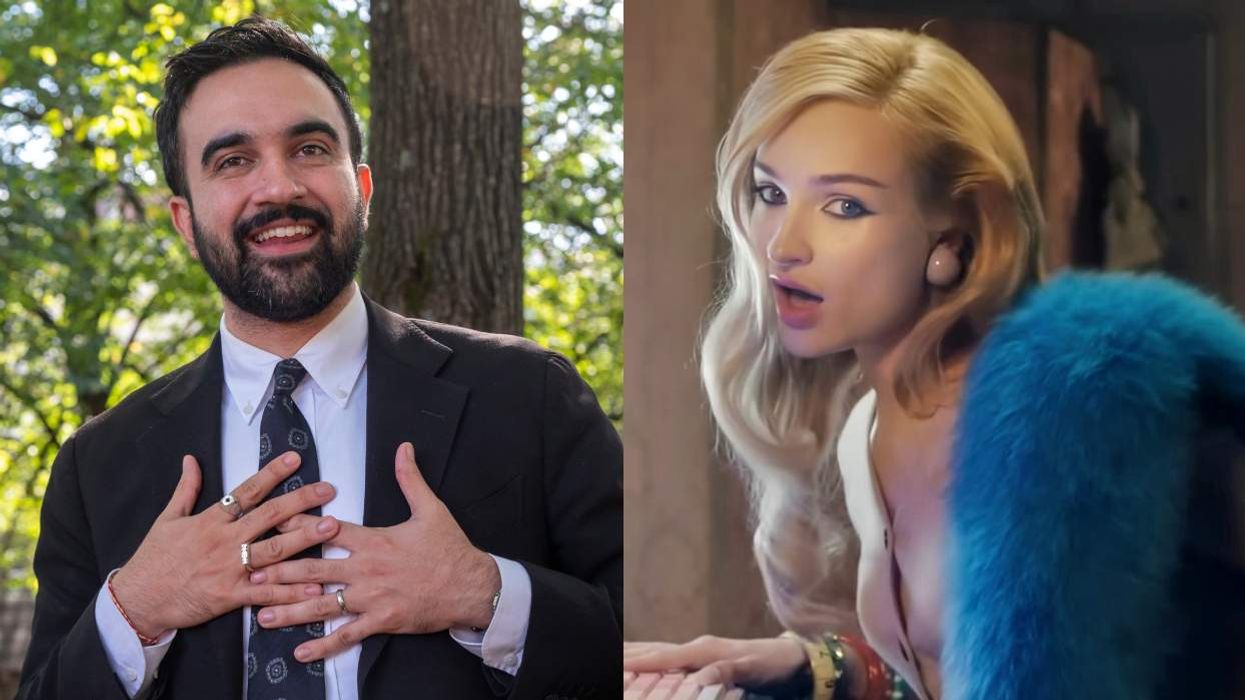
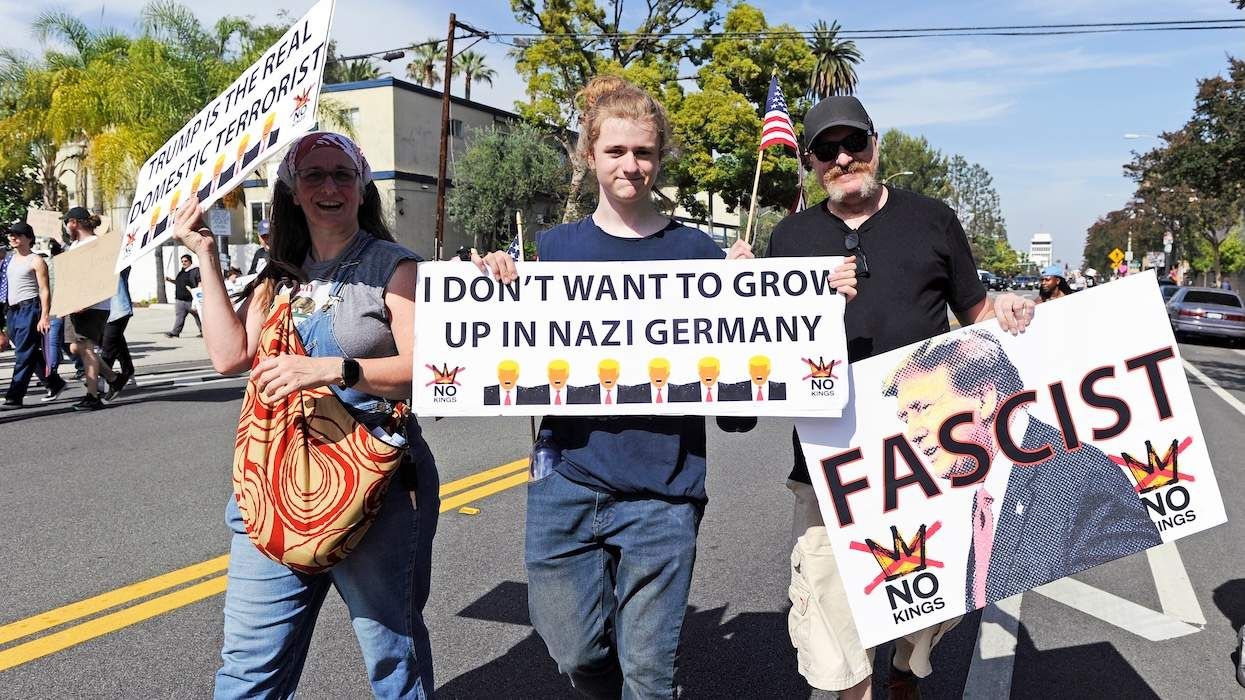

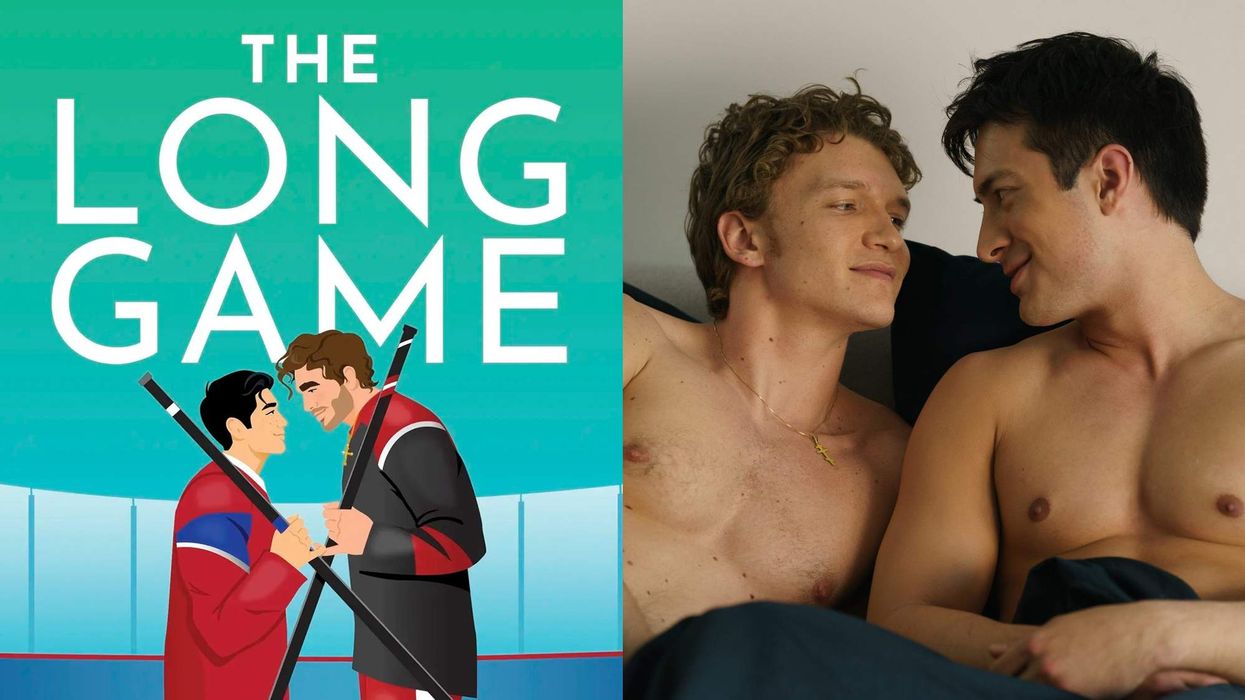
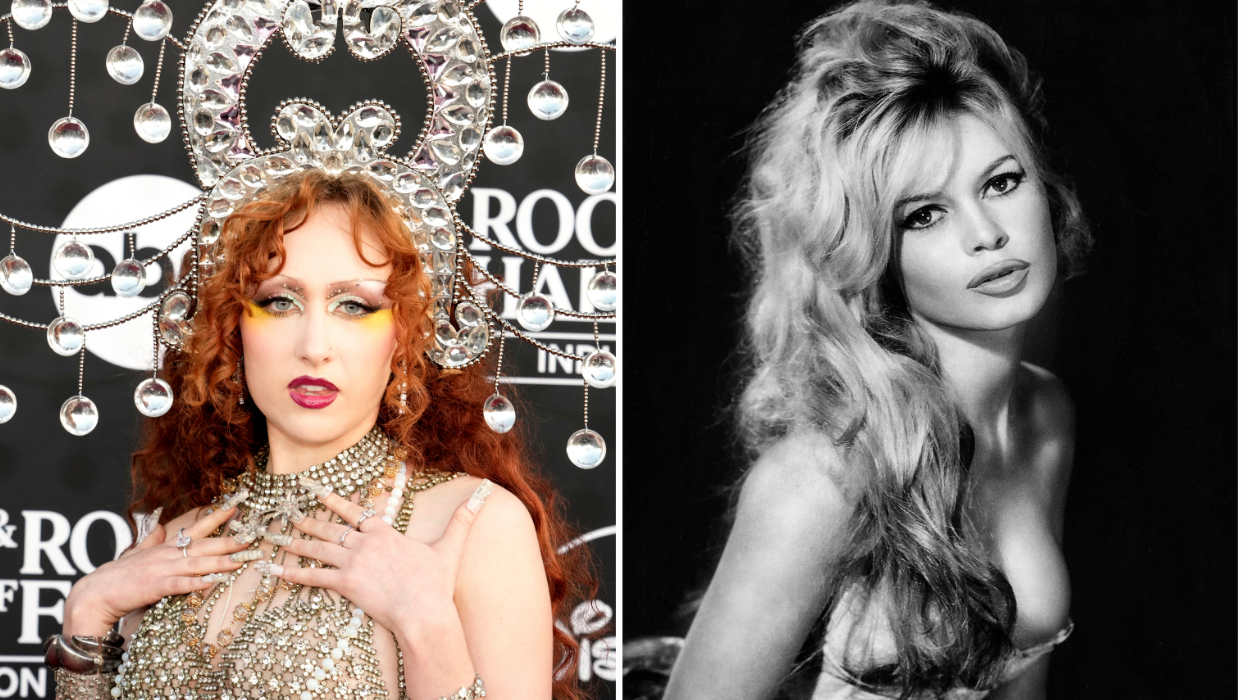
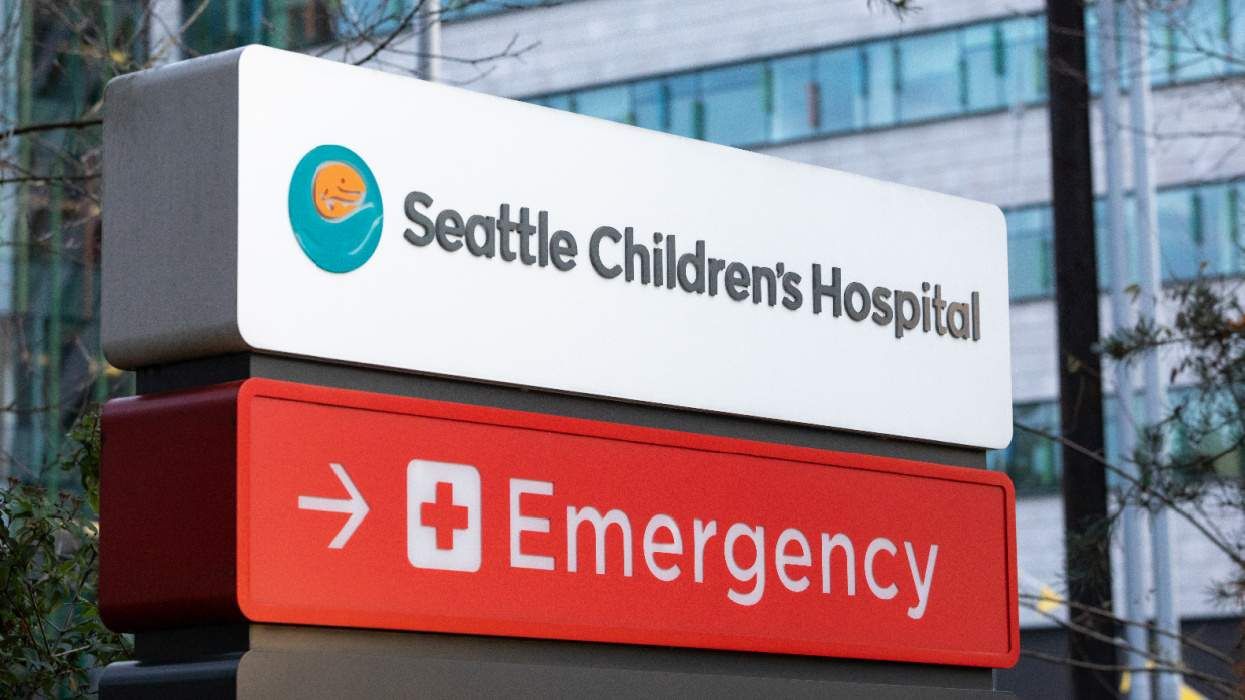
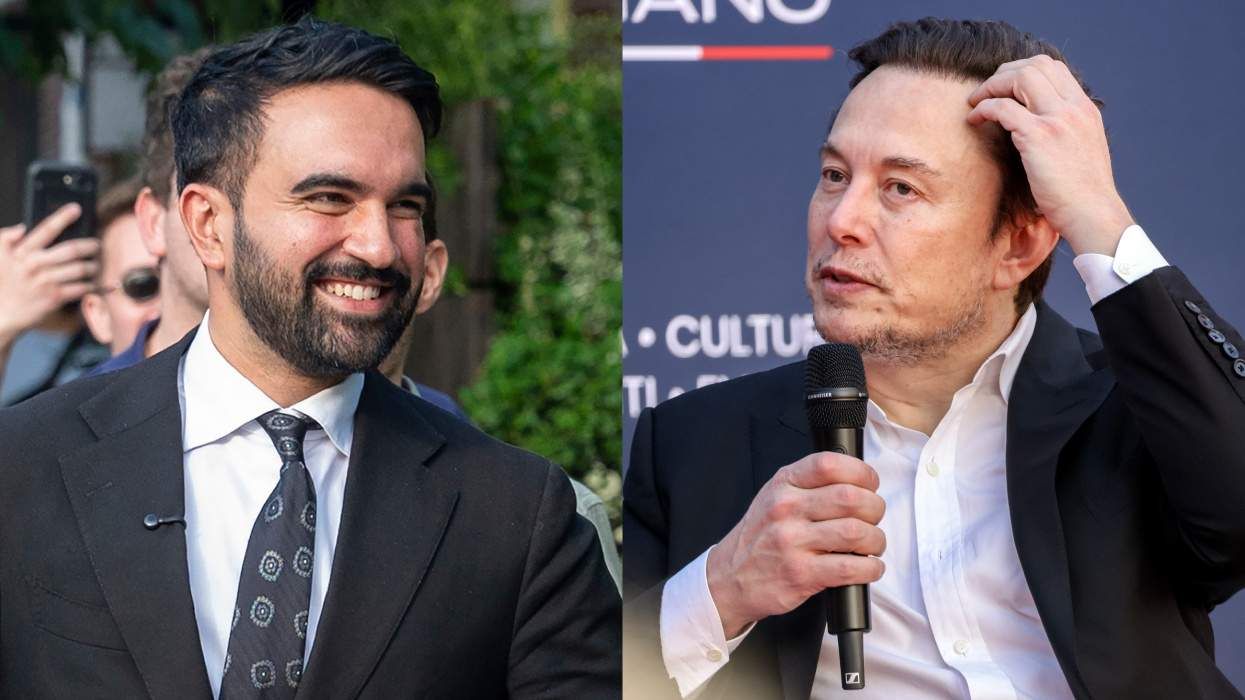
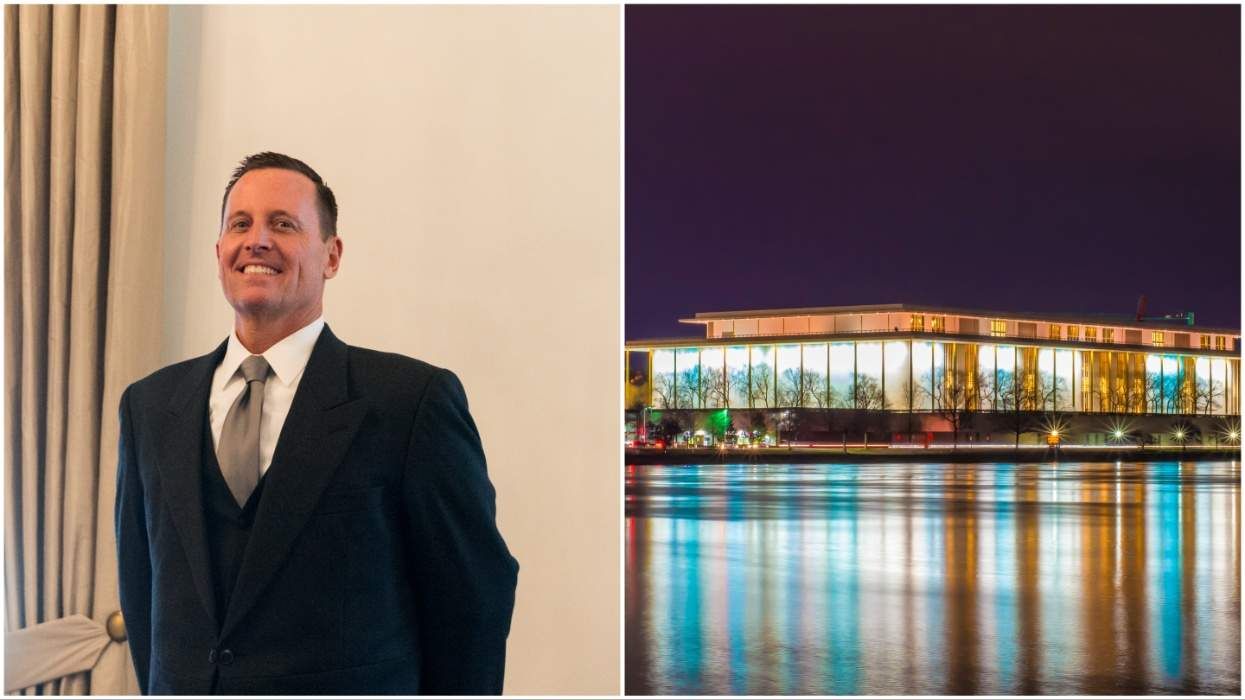










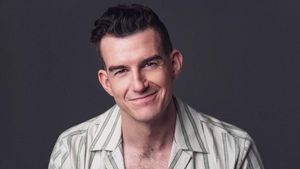








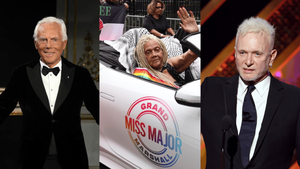




















Charlie Kirk DID say stoning gay people was the 'perfect law' — and these other heinous quotes